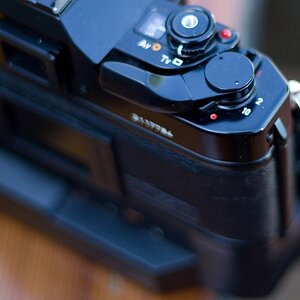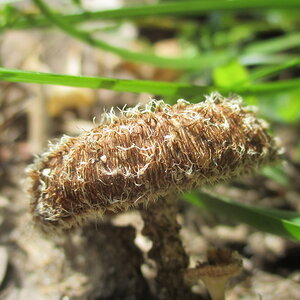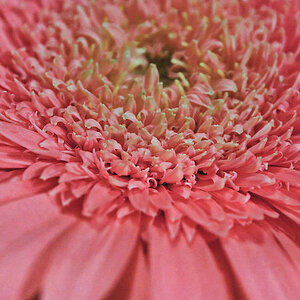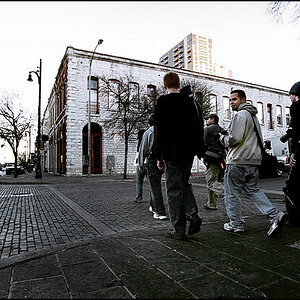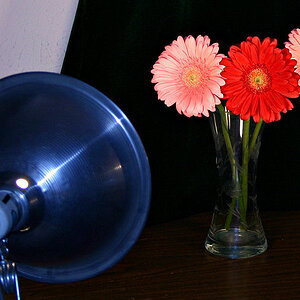PlasticSpanner
TPF Noob!
- Joined
- May 1, 2005
- Messages
- 4,125
- Reaction score
- 51
- Location
- Cheshire, England
- Website
- www.cheshirecatcarclub.info
- Can others edit my Photos
- Photos NOT OK to edit
How do I process sheet film? I can't put it in a dev tank because it's too big. Can I develop it in trays like a print?
All I need to do is fully expose 2 sheets to light & then develop them to make a silver halide sun filter for my telescope but I need it to be a consistant "tone" all over.
Any help appreciated. :thumbup:
All I need to do is fully expose 2 sheets to light & then develop them to make a silver halide sun filter for my telescope but I need it to be a consistant "tone" all over.
Any help appreciated. :thumbup:



![[No title]](/data/xfmg/thumbnail/31/31980-e5048a424621c7b3cd0d306d63c09d67.jpg?1619735137)

